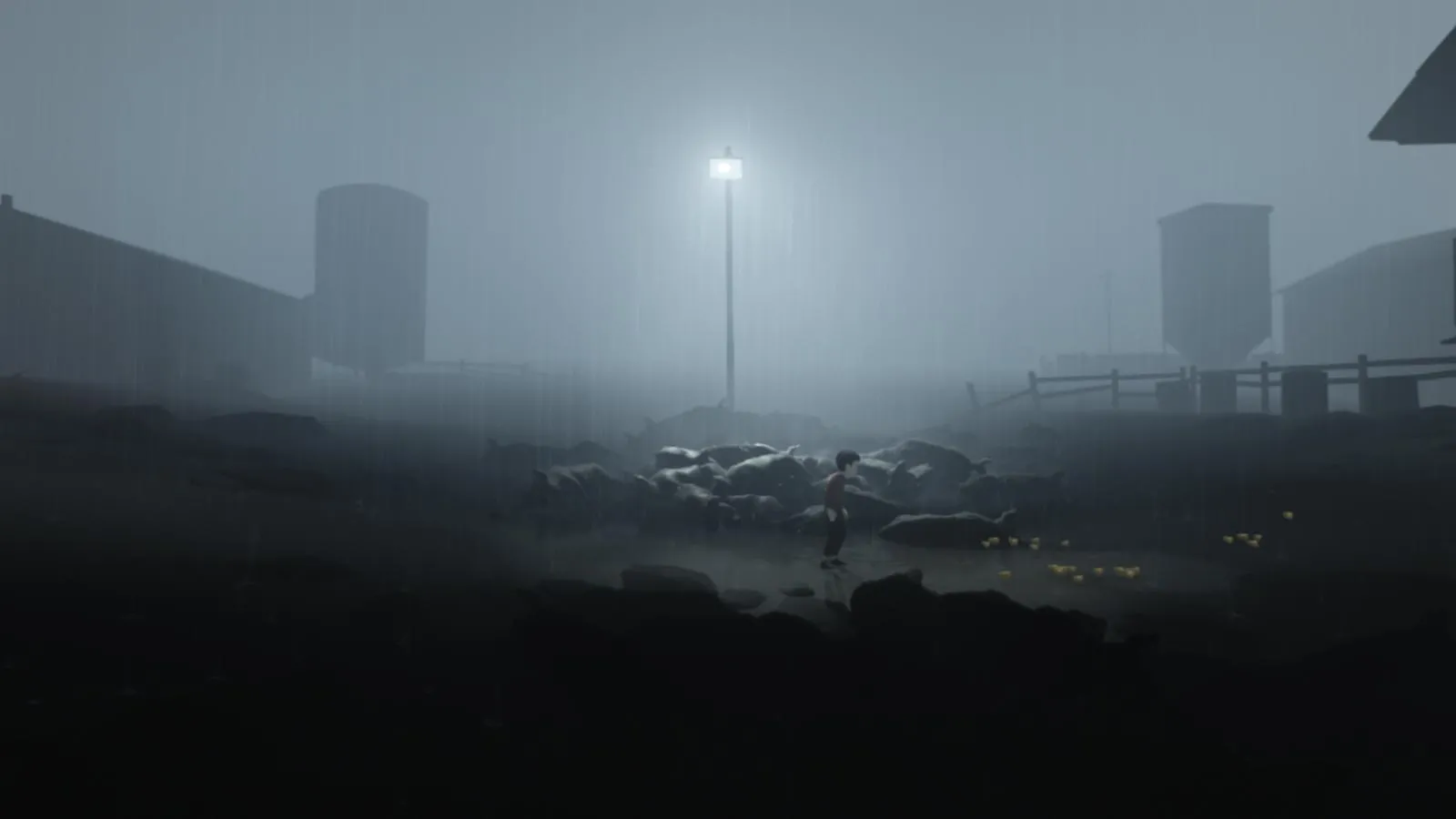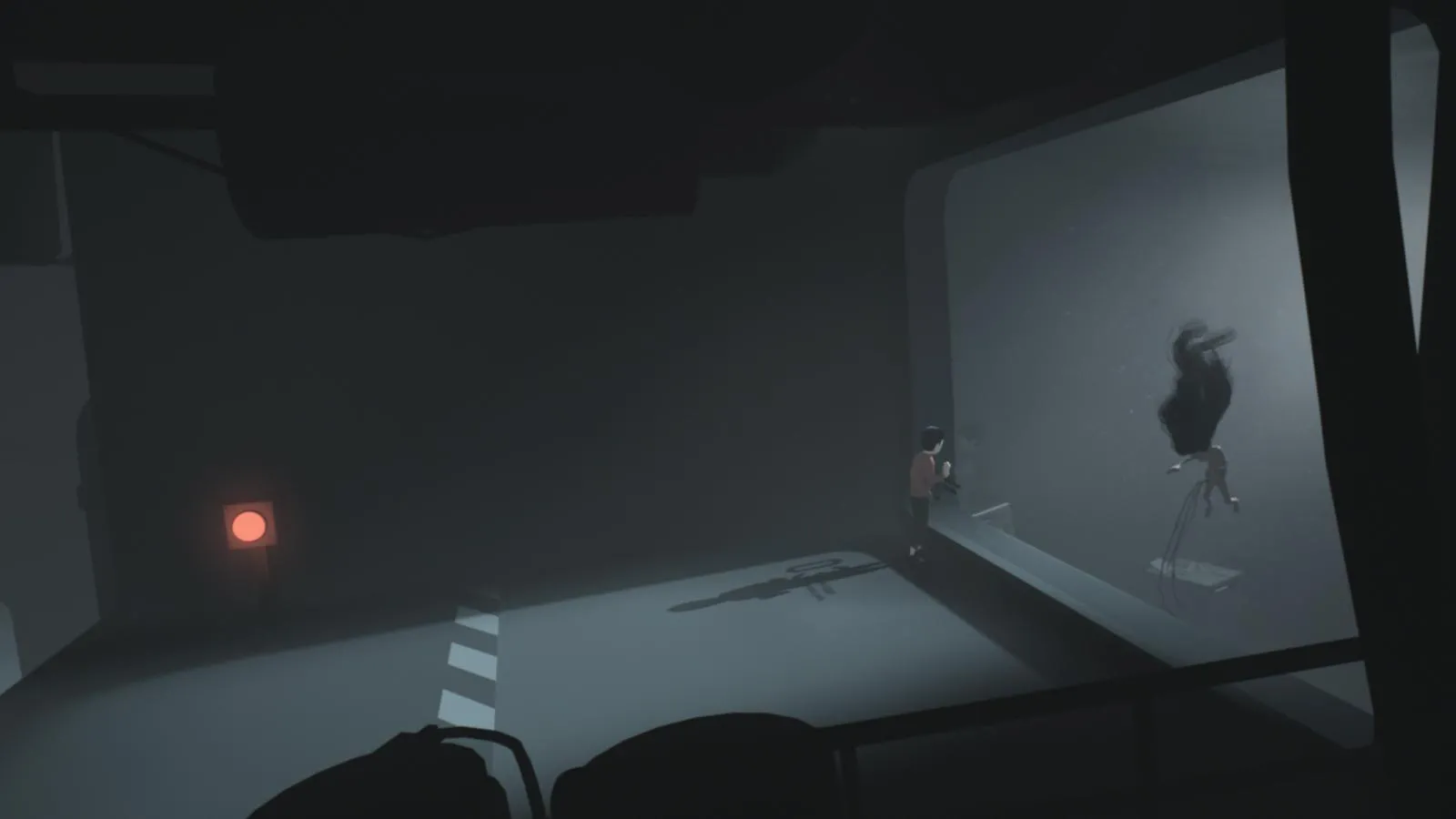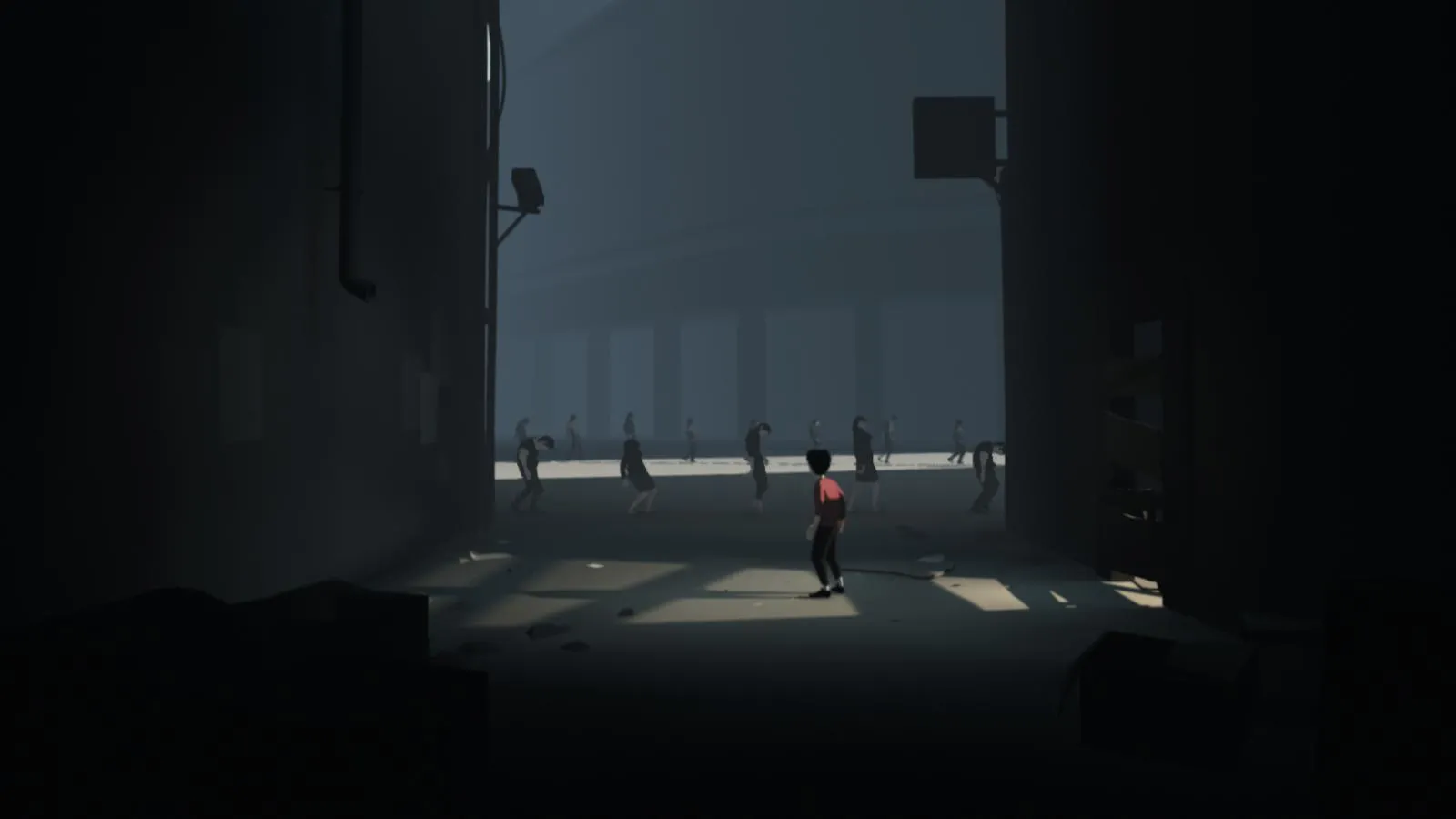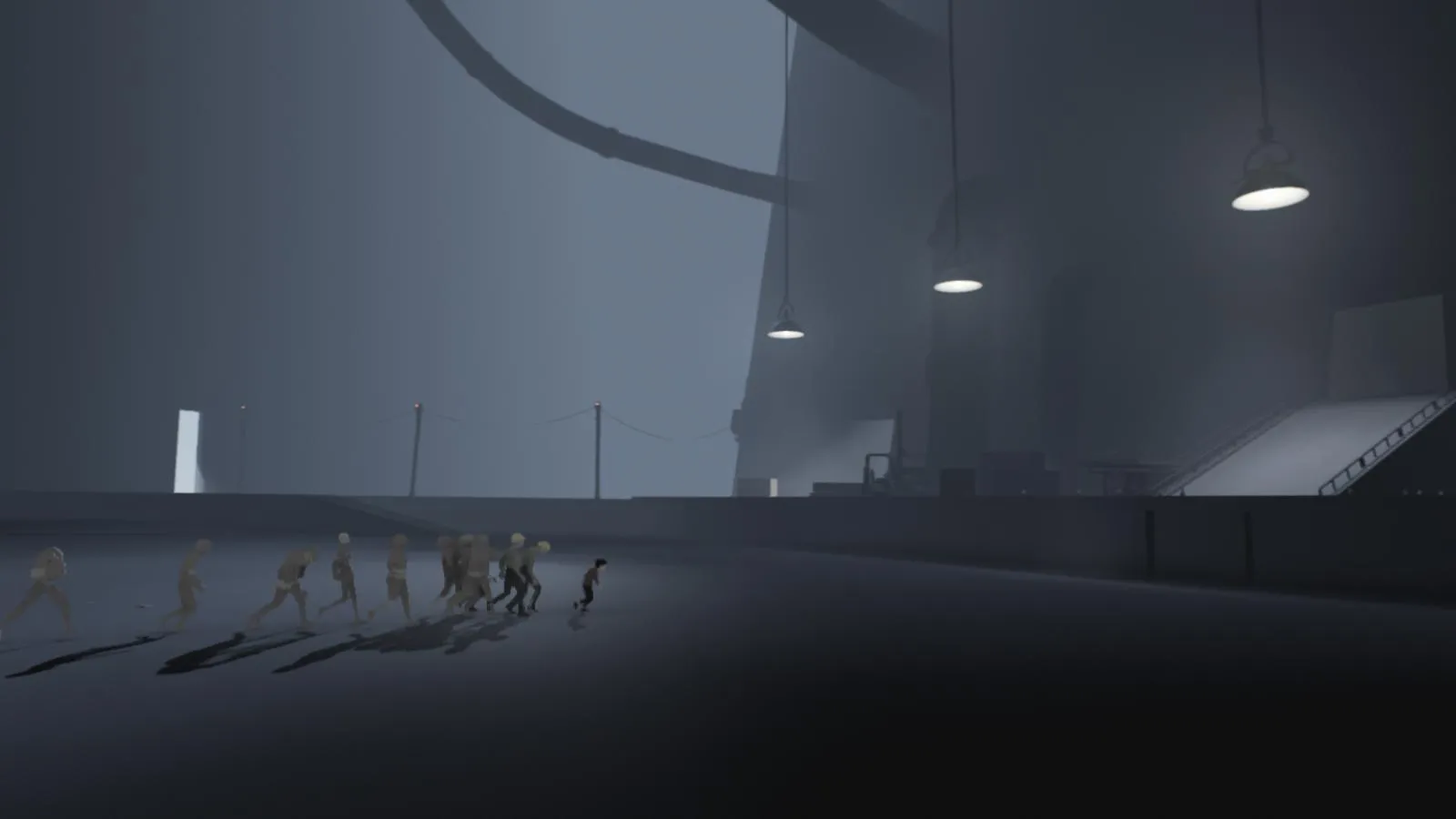
Inside: A Haunting Journey Through a Dystopian World
The horrors of war are undeniable, leaving scars on both humanity and the environment. But what if peace itself masks a far more insidious evil? What if societal structures, driven by domination and class division, create suffering that surpasses even the devastation of armed conflict? This is the chilling premise explored by Playdead, the creators of the acclaimed indie title Limbo, in their 2016 masterpiece, Inside.
Developed over six years, Inside garnered significant pre-release buzz, hailed by many as a potential game of the year. Following the success of Limbo, expectations were high. Does Inside live up to the hype and deliver another unforgettable experience? Let’s delve into this dark and thought-provoking world.
A Quest for Liberation
Players familiar with Limbo will find familiar ground in Inside. The gameplay retains its focus on narrative-driven adventure, prioritizing storytelling over complex puzzles or demanding platforming skills. This allows players to fully immerse themselves in the unsettling atmosphere and absorb the game’s potent message.
The protagonist, a young boy, embarks on a perilous journey through a dystopian landscape, reminiscent of Limbo‘s haunting world. Each step forward reveals a new layer of darkness, the story unfolding like a disturbing dream. Describing the game’s strengths without revealing spoilers is a delicate balancing act, as its power lies in the gradual unveiling of its mysteries.
 alt: A screenshot from Inside showing the boy running through a dark forest.
alt: A screenshot from Inside showing the boy running through a dark forest.
Inside is a concise experience, but its carefully crafted moments leave a lasting impact. The game tackles themes of environmental disaster, disease, and human cruelty through powerful imagery. A decaying pig carcass, writhing with maggots, becomes a symbol of suffering and the player’s forced intervention, a reflection of our own real-world experimentation on animals. Chicks, clinging to the boy’s legs, represent a desperate yearning for hope and connection in a bleak world.
 alt: A screenshot from Inside depicting the boy amidst a flock of chicks.
alt: A screenshot from Inside depicting the boy amidst a flock of chicks.
Humans, too, are victims of this dystopia, transformed into grotesque, mind-controlled “husks” – products of a “progressive” elite hiding behind masks of morality. Dark rains, barren fields, piles of animal carcasses, hunters pursuing their own kind, and lines of lifeless husks paint a chilling picture of a world consumed by darkness. The boy, alone, ventures into the heart of this nightmare, seeking either escape or perhaps a different purpose altogether.
The “heart” of Inside‘s darkness is best left undiscovered here. It’s a revelation that must be experienced firsthand.
The Art of Darkness
Inside inherits Limbo‘s minimalist art style, utilizing a stark palette of black, white, and gray, punctuated by the occasional gleam of light. This simplicity emphasizes the world’s sickness, the societal blindness, and the encroaching death. With just two primary colors, Inside paints a vivid picture of reality and illusion, each frame carefully composed and heavy with meaning.
 alt: A screenshot from Inside showcasing the minimalist art style with the boy in a dimly lit area.
alt: A screenshot from Inside showcasing the minimalist art style with the boy in a dimly lit area.
The sound design further enhances the game’s artistic impact. The pervasive silence is unsettling, amplifying the impact of sudden noises that signal danger. This oppressive quiet creates an almost tangible sense of dread, a constant threat lurking just beyond perception. Moments of frantic escape are underscored by a quickening tempo and the allure of bright, safe havens. Without dialogue or cutscenes, the silence itself becomes the narrator, whispering each chapter of Inside‘s story. Only the boy’s labored breathing and fearful footsteps break the silence, adding to the chilling atmosphere.
The Shadow of Limbo
While Inside builds upon Limbo‘s legacy, its similarities can also be seen as a drawback. The gameplay, controls, and puzzle design often feel derivative, preventing the game from forging its own distinct identity. The puzzles, while well-paced and integrated into the narrative, lack the complexity and challenge of other puzzle-platformers. The linear level design and lack of challenging platforming further contribute to this feeling of familiarity.
 alt: A screenshot from Inside where the boy is manipulating machinery.
alt: A screenshot from Inside where the boy is manipulating machinery.
This doesn’t diminish the overall experience for players who appreciate a strong narrative focus. Inside‘s four-hour journey is a captivating and unsettling experience. However, those seeking a truly challenging puzzle-platformer might find Inside lacking.
Conclusion
Inside offers a haunting and unforgettable journey through a dystopian world. Its powerful imagery, minimalist art style, and oppressive silence create a truly unique and unsettling atmosphere. While the gameplay may not break new ground, the narrative’s depth and thematic resonance make Inside a must-play experience. It’s a game that stays with you long after the credits roll, prompting reflection on the nature of control, societal structures, and the darkness that can lurk beneath the surface of even the most seemingly peaceful societies.





Comments (0)